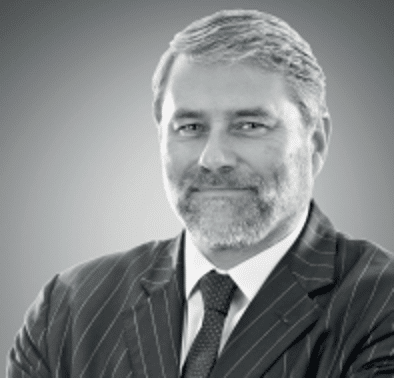
President’s Blog: COP a load of this

WBA President David Newman sets out the issues likely to dominate the agenda at the COP24 climate-change talks in December.
The annual Conference of the Parties (COP) international climate change summit hits the city of Katowice in Poland this December, the second time Poland has hosted the summit in the last decade. With over 2 million inhabitants, Katowice is not a casual choice: the heart of the Polish Silesian coal- and formerly steel-producing region, it represents a part of the world that has a cool attitude towards renewable energy and action on whole climate change because of its own historic economic interests.
The Polish presidency has set out its own agenda and vision for COP24: while not reneging upon the Paris Agreement, its vision is clear: “Poland would like to demonstrate how neutrality in terms of greenhouse gas emissions, i.e. a balance between CO2 emissions and its sequestration by soils and forests, can be attained.” They elaborate this with three key messages:
- Technology – development of climate-friendly modern solutions, such as electromobility;
- Man – solidarity and just transition of industrial regions;
- Nature – achieving climate neutrality by absorbing CO2 by forests and land, or by water management.
My interpretation is that this means “How can we carry on pumping out CO2 from coal by sequestering it in forests?” and “How can we ensure industrial regions continue to use low-cost coal, thus guaranteeing employment and investments?”.
These messages change the focus away from the need to dramatically reduce carbon emissions and introduce renewable energy. This is a dangerous game to play: while the Poles will say coal is a transition technology and theirs a dose of realism in understanding current needs, others will argue that this deflects attention and investment away from those technologies which can rapidly reduce emissions, like anaerobic digestion (AD).
The Secretariat to the COP process publishes reams of documents that you can find, read, and (in my case) probably fail to understand unless any of the specifics refer to your sectoral interests. If you want to understand how Mozambique calculates its forestry reference level, these are the documents for you.
What is key to this conference is finalising the work programme laid out in the 2015 Paris Agreement. Lots of work has been carried out by technicians and politicians from around the world over recent months in the hope that the details can be finalised at COP24. These include the submission of Nationally Determined Contributions (NDCs), which are the commitments countries need to make to reduce their emissions. The sum of these NDCs allows us to see what chance we have of reducing emissions and keeping global temperature increases to less than 2 degrees centigrade by 2100.
So how close are we to meeting this target? You can find an analysis here of where we are in terms of how countries are reporting their NDCs and which have done so (almost 80% to date have submitted them). What this means in terms of reducing temperature increases, however, is pretty depressing. According to the NGO Climate Action Tracker (see graph below), the pledges made to date will put us on track for temperature increases of between 2.6 and 3.2 degrees centigrade by 2100.
![]()
These are the issues that will be discussed in Poland: how to measure existing commitments, whether those will collectively be enough to keep temperature increases within desired levels (spoiler alert: not a chance), and whether to focus financing on reduction, mitigation or adaptation.
The AD industry has a great story to tell and this is a platform on which WBA will be speaking, giving industry-led examples and experiences of how we can contribute to those NDCs now, with proven technologies that can be implemented immediately on a global scale.

